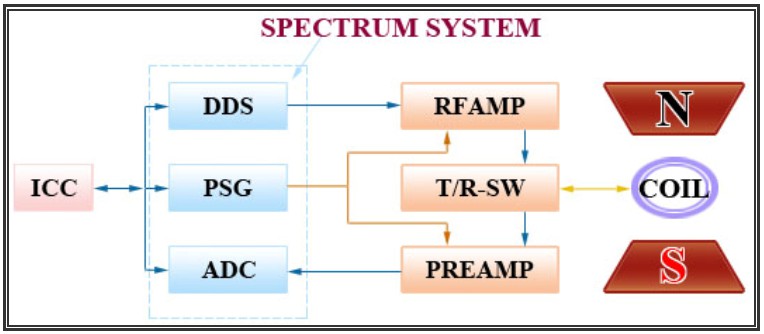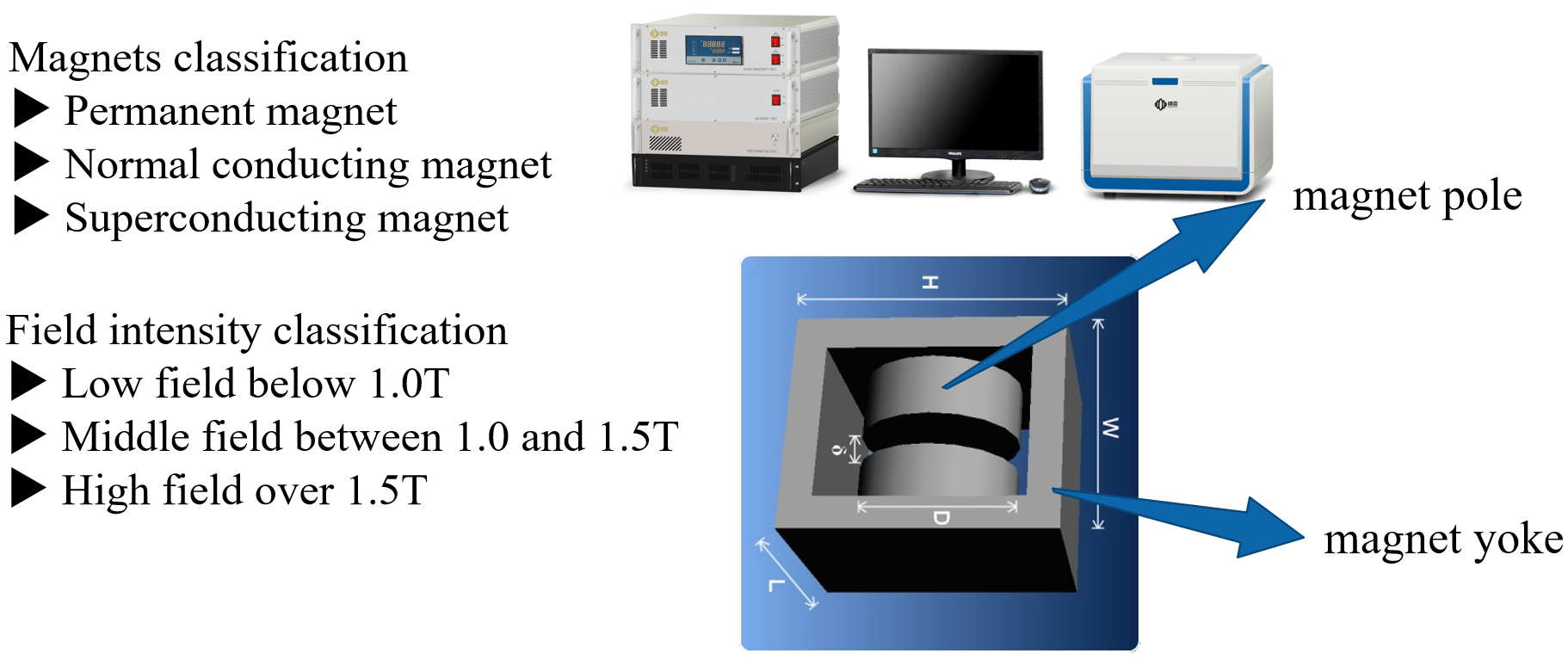Pulsed NMR of NIUMAG
Pulsed NMR is a technique used in nuclear magnetic resonance spectroscopy, which is a powerful analytical method for studying the structure, composition, and dynamics of molecules at the atomic and molecular level. Pulsed NMR involves the application of short radiofrequency pulses to a sample in a strong magnetic field.
Imagine a scientific wizardry that allows us to peer into the very heart of matter, unveiling the secrets of molecules at the atomic and molecular level. This marvel is known as Pulsed Nuclear Magnetic Resonance (Pulsed NMR) spectroscopy, a fascinating technique that opens a window into the hidden world of molecular structure and dynamics. At its core, Pulsed NMR is akin to a symphony of magnetic forces. It begins by placing a sample in a robust magnetic field, akin to setting the stage for a captivating performance. Then, with precision and finesse, short bursts of radiofrequency pulses are applied to the sample. This act causes atomic nuclei to dance and respond, revealing the unique fingerprints of the molecules they belong to.
Pulsed NMR Principle
Pulsed NMR relies on the interaction between atomic nuclei with magnetic moments (such as hydrogen nuclei or protons) and an external magnetic field. When a sample is placed in a strong magnetic field, the nuclei align with the field. The application of a radiofrequency pulse at a specific frequency causes nuclei to flip from their aligned state to a perpendicular orientation. After the pulse, the nuclei gradually relax back to their equilibrium alignment, emitting radiofrequency signals during the process.
Pulsed NMR Composition
Pulsed NMR Application
Pulsed NMR is widely used in chemistry, biochemistry, and materials science for various applications, including determining the structure of organic compounds, studying protein and biomolecule structures, investigating molecular dynamics, and characterizing materials like polymers and porous media.
Two-Dimensional NMR: Pulsed NMR can be extended to two-dimensional (2D) NMR techniques, such as COSY (Correlation Spectroscopy), NOESY (Nuclear Overhauser Effect Spectroscopy), and HSQC (Heteronuclear Single Quantum Coherence), which provide more detailed information about molecular connectivity and interactions.
Medical Imaging: Pulsed NMR is also the basis for magnetic resonance imaging (MRI), a non-invasive medical imaging technique used to visualize the internal structures of the human body, including the brain, muscles, and organs.
Solid-State NMR: While traditional NMR primarily focuses on liquid samples, pulsed NMR can be adapted for solid-state NMR, which is used to study the structure and dynamics of solids, including crystalline materials and amorphous solids.
 NIUMAG
NIUMAG

